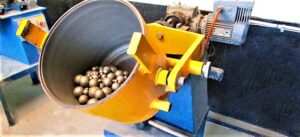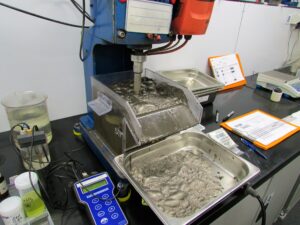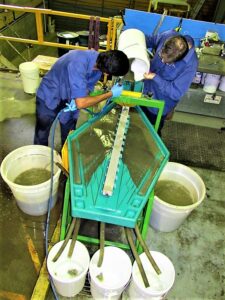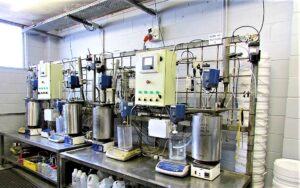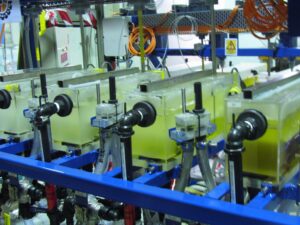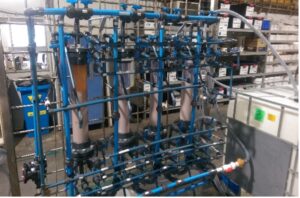Optical Mineralogy Services by Core Resources
Optical microscopy of thin sections produced from rock chip or drill core samples can be used to provide an insight into host rock mineralogy and the morphology of minerals that are of economic interest.
Much like automated electron microscopy analysis, this information can be valuable in determining optimum grind size and potential beneficiation pathways at the early stages of a project.
Samples of concentrate or tailings taken during testing can be mixed with epoxy resin and polished, allowing for closer inspection using reflected light microscopy of opaque minerals such as sulphides.
Such analysis can be valuable in identifying whether the loss of valuable metal to tailings is influenced by the size, shape, or liberation of target minerals. It therefore provides an additional layer of information that cannot be obtained through conventional chemical assay methods, which can be invaluable in identifying losses in flotation circuits or incomplete extraction in a hydrometallurgical leach process.

Core has the following optical microscopy equipment:
- Leitz Orthoplan microscope allowing for wide-field viewing of polished resin mounts in reflected light or thin-sections in transmitted polarised light.
- Digital images can be captured via USB using a Tucsen M Series CMOS camera attached to a trinocular mount.
- Olympus BH2 reflected light microscope with EOS 60D digital camera on photo adapter tube.
- Bausch and Lomb Stereozoom 4 binocular microscope for rapid identification of minerals in product streams.
- Canon MPE 65 mm macro lens and EOS 60D camera for digital imaging of gravity concentrates and crystalline precipitates. Stacking of multiple images taken at different focal planes can produce images with a high depth of field that are well suited for use in presentations or public documents.

